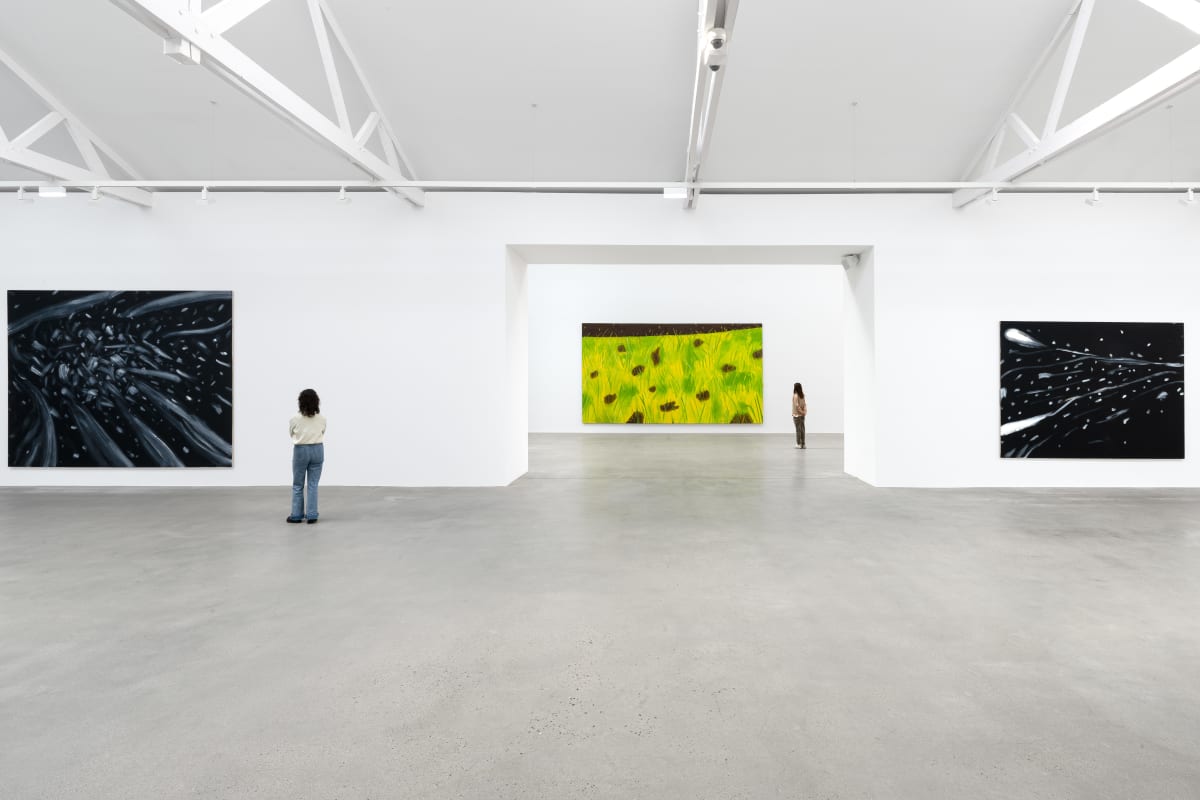Sean Scully in France Review of Sean Scully's work at Église Saint-Nicolas, Caen . (This link opens in a new tab).
By William Cook
At Église Saint-Nicolas, a glorious gothic church in Caen, Britain’s greatest living abstract artist, Sean Scully, is opening his latest one man show. There are loads of people swarming round him — liggers, journalists, local bigwigs — but he seems to tower over them. He’s a big stocky bloke, with the bearlike gait of a nightclub bouncer, but it’s not just his bulk which sets him apart. He looks like a villain in a British gangster movie. Bald and muscular, with a broad grin and a steely stare, you can tell he’s an artist from the wrong side of the tracks.
No other artist divides opinion quite like Sean Scully. He’s renowned on several continents, he’s had acclaimed solo shows in many of the world’s greatest galleries, he’s been showered with honours and awards — yet I’ve met plenty of people who can’t stand his work. He’s a man who excites strong reactions. His followers divide into fans and foes.
For the “anyone could do that” school of art criticism, he’s an easy target. His work looks rudimentary, but its simplicity is deceptive. There’s considerable depth to his paintings. They’re surprisingly complex and a good fit for this monumental Norman church (built from that creamy stone which William the Conqueror shipped to England to construct the Tower of London). Like stained glass windows, his paintings illuminate the sacred architecture of this ethereal, archaic site.
[...]
His early pictures had been precise and intricate, like artworks made by an automaton. In America he broke free from his beginnings, and his soulful side flooded through. “It not only toughened me up — it opened me up,” he says. Most great artists have one big idea. Scully’s big idea was to marry minimalism and expressionism. The fusion of these two contrasting genres resulted in something unique yet instantly recognisable — always the hallmark of a major artist. No collection of modern art is quite complete without one of his moody, enigmatic paintings. Their inscrutability is a big part of their appeal. As he says, “It’s like somebody speaking in a low voice. It’s more interesting than somebody who shouts all the time.”
These minimalist, expressionistic artworks may seem impersonal, but they’re profoundly autobiographical, and that’s what gives them their strange hypnotic power. Their rigid form reflects the poverty of his upbringing. Their dynamism reflects his lifelong urge to break away. Sure, there’s quite a lot of repetition, variations on recurring themes, but many of the best artists plough one furrow, and Scully ploughs it very well.
“I never get fed up painting stripes,” he says. “I could paint stripes for 500 years!”
He’s always been a nomad, roaming between Britain, Europe and America. On the Continent, there’s not the same suspicion of abstraction as there is in Britain, and so he’s spent a lot of time there, especially in Spain and Germany (“their understanding of my work was automatic”). His latest focus is France — not just this show in Caen, but another exhibition at Château d’Oiron, then a new show at the Pompidou Centre in Paris in October. Even as he approaches 80, there’s still something of the traveller about him, full of wanderlust for fresh horizons.










































































































































































